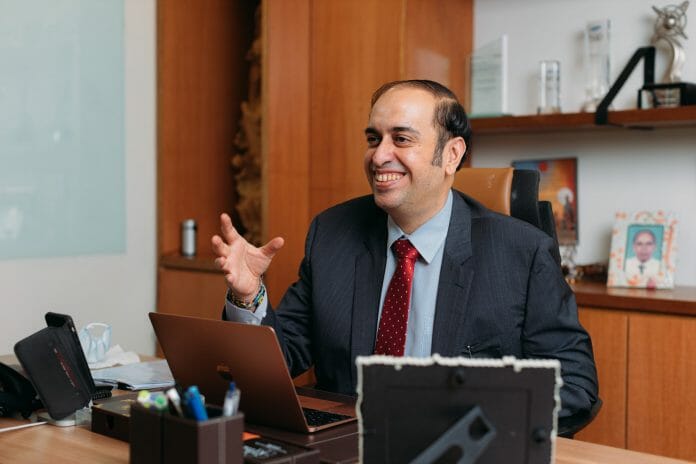Ganesh Kumar Bangah, the founder and Executive Chairman of Commerce.Asia, believes that influencer marketing can be an effective tool for businesses, even if current methods of measuring the return on advertising spend (ROAS) are incomplete.
He said this during an interview with Business Today on how live commerce transforms influencer marketing.
“Influencer marketing over the last few years has really been a booming industry,” Ganesh said.
He noted that compared to 2015, where global advertising expenditure in influencer marketing was worth USD500 million, it was estimated to be worth USD5 billion to USD10 billion in 2020.
Meanwhile, in Malaysia, advertising on social platforms captured almost one-third (RM200+ million) of total Malaysian digital advertising expenditure, an increase of over 15% from the previous year while most other digital advertising expenditures shrunk.
“Up to 83% of consumers say that they trust recommendations from friends and family over advertising. Influencer marketing is as close as you can get for brands to get recommendations from people close to consumers, while still retaining some creative control over the message and audience,” said Ganesh.
“Further, influencer marketing integrates products and brands into the influencers’ lives that their followers can seek inspiration from. These attributes potentially increase consideration and purchase intent of the consumer, which is actually the final stage of purchase.”
The current challenge, Ganesh believes, is that there is no efficient and effective way of measuring and calculating ROAS.
“In Google and Facebook, you can calculate that S1 of ad spend equals how many dollars of revenue; for influencer marketing today, we’re not there yet. This is the biggest hindrance to the growth of influencer marketing today.”
Ganesh, who founded the award-winning e-commerce ecosystem builder Commerce.Asia in 2016, is also the Executive Chairman of ASX-listed Netccentric Ltd., which is the owner of – amongst other brands – the Nuffnang social media influencer and content marketer.
“We have solutions that span every stage of the growth funnel, from awareness to acquisition to activation to retention to revenue,” he explains. Meanwhile, Commerce.Asia handles the fulfilment of products that have been ordered and purchased.
The two came together to create Nuffnang Live, which Ganesh describes as a live video commerce enabler for brands looking to expand their e-commerce business.
“It integrates our influencer, content, and e-commerce capabilities, providing an end-to-end live video commerce solution from live video production right down to fulfilment, leveraging our assets within the Netccentric and Commerce.Asia ecosystems. This allows us to provide our clients direct impact on measuring conversions.”
According to Ganesh, live commerce combines live video streaming with the ability for online shoppers to interact with sellers and make their purchases immediately.
“Live commerce is a more enriching online shopping experience than traditional e-commerce because it’s video-based, and it’s a ‘push’ strategy towards the consumer.”
Ganesh believes that China, being at the forefront of live commerce worldwide, has several points worth learning from and adapting in Malaysia. Live commerce accounted for almost 9% of e-commerce sales in China in 2019, or approximately RMB440 billion.
“Personalities are important for both relevance and engendering trust. The host has to be well trained and conducts a very immersive session. Further, shopping on live streaming has a short window of purchase. This drives urgency and spontaneity. This “in the moment” shopping experience is addictive – online shoppers experience the ‘fear of missing out’. You need to have the best deals, deep discounts and range of rewards.
“Of course, commendable production value will actually foster trustworthiness with potential shoppers. Convenience is another important aspect. From ease of ordering during the live show to the speed of receiving the order is key in generating a successful live commerce experience.”









